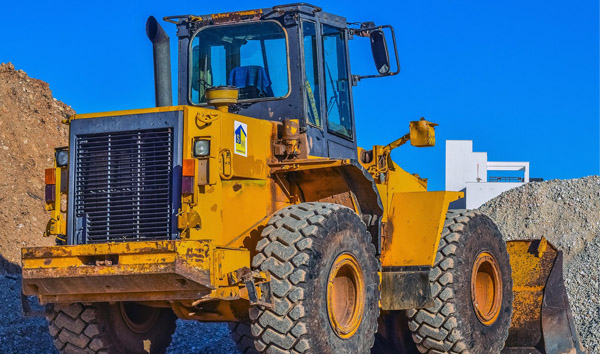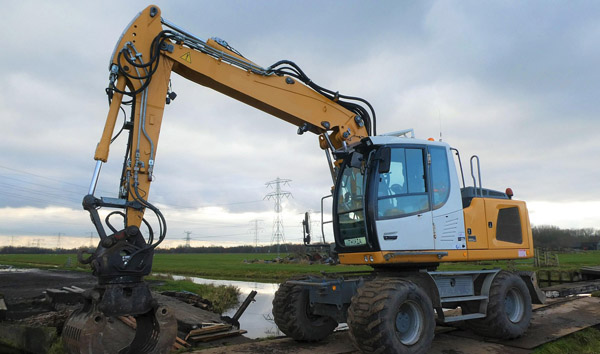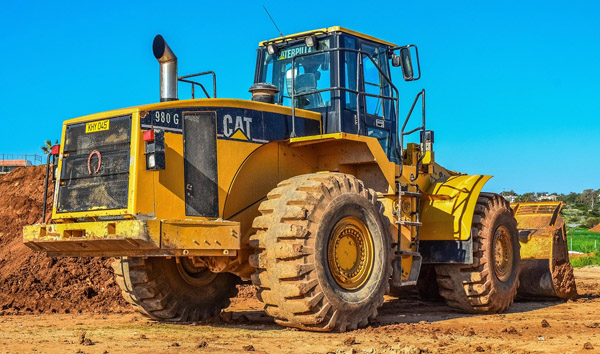Steel Titans: The Evolution of Military-Grade Rough Terrain Forklifts
2025-07-09 04:20:30
The rugged nature of military operations necessitates specialized equipment capable of handling extreme conditions. Rough Terrain Forklifts for military use are engineered with reinforced frames, high-torque engines, and all-terrain tires to navigate mud, sand, and uneven surfaces. According to a 2023 defense logistics report, these machines can lift payloads exceeding 10,000 lbs while maintaining stability on inclines up to 30 degrees. Their durability makes them ideal for rapid deployment in forward operating bases, where traditional forklifts would fail.
Advanced suspension systems are a hallmark of military rough terrain forklifts. Unlike commercial models, these vehicles incorporate independent suspension and hydraulic dampers to absorb shocks from rocky or debris-laden paths. A study by the International Defense Logistics Association (IDLA) found that such features reduce maintenance downtime by 40% compared to standard forklifts. Additionally, their sealed electrical systems prevent corrosion in humid or saline environments, ensuring reliability in coastal or jungle deployments.
Fuel efficiency and power remain critical for military rough terrain forklifts. Many modern units utilize hybrid diesel-electric engines, cutting fuel consumption by 25% while delivering consistent torque. The U.S. Army’s 2022 procurement data highlights that hybrid models logged 20% fewer refueling stops during extended missions. Furthermore, their emission control systems meet NATO’s stringent environmental standards, making them suitable for global operations without logistical constraints.
Safety innovations in military rough terrain forklifts include rollover protection structures (ROPS) and night-vision-compatible operator cabins. Field tests by the British Royal Engineers demonstrated that ROPS-equipped forklifts reduced fatal accidents by 60% in combat zones. Meanwhile, infrared cameras and augmented reality displays enable precise load handling in low-light conditions—a frequent challenge in tactical scenarios. These features underscore why militaries prioritize rugged, adaptable forklifts for supply chain resilience.
Future advancements in military rough terrain forklifts may include autonomous operation and AI-driven load optimization. The Defense Advanced Research Projects Agency (DARPA) is testing prototypes with LiDAR navigation for unmanned resupply missions. As defense budgets grow—projected to reach $2.3 trillion globally by 2025—investment in next-gen rough terrain forklifts will likely accelerate, ensuring militaries maintain logistical superiority in any terrain.














